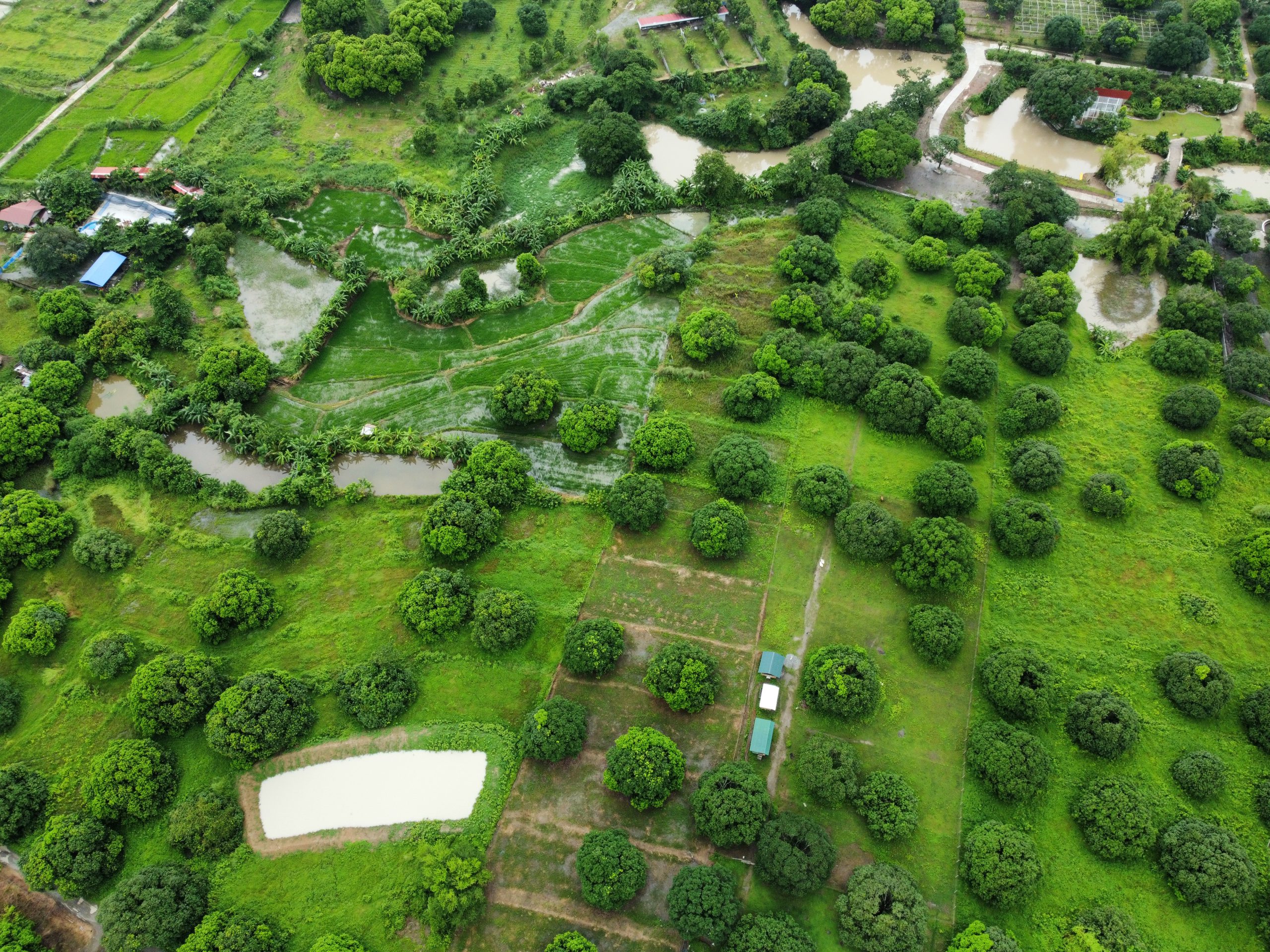Distinguishing a original real estate title in the Philippines is crucial before engaging in any property transaction. I can share some key points to help you identify potential red flags:
Physical Characteristics:
- Paper: Feel the paper. Authentic titles use special paper supplied by the Bangko Sentral ng Pilipinas (BSP), It should have a texture similar to a bank check, with a faint “LRA” watermark and tiny visible fibers.
- Color: Old titles (OCT) are light yellow, new e-titles are pale straw, both have tiny dots and fibers
- Printing: Authentic titles are high-quality with consistent fonts and ink color. Look for misspellings, blurry text, or uneven printing.
- Security Features: Check for embossed borders, a red seal that doesn’t smudge, and planchettes (colored circular patterns). Duplicate copies have “Owner’s Duplicate” printed and a red seal.
- Serial Numbers: The original copy’s serial number is red, the duplicate’s is black. Both should match the series in the registry where issued.
Content and Verification:
- Dates: Ensure the judicial form date printed on the title corresponds to the actual printing/revision year.
- Information: Verify details like owner names, property location, and area against other documents and seller information.
- Title History: Trace the title’s history by checking the mother title, derivative titles, and Primary Entry Book for related transactions.
- Registration: Seek professional assistance for title verification at the Land Registration Authority (LRA) or Registry of Deeds (ROD) where the title is registered.
Additional Tips:
- Be wary of deals that seem too good to be true, especially with pressured timelines.
- Hire a reputable lawyer or real estate broker familiar with property law in the Philippines.
- Never pay for a property before completing legal due diligence and verifying the title’s authenticity.
- New title features are now available in new titles issued by the Registry of Deeds

